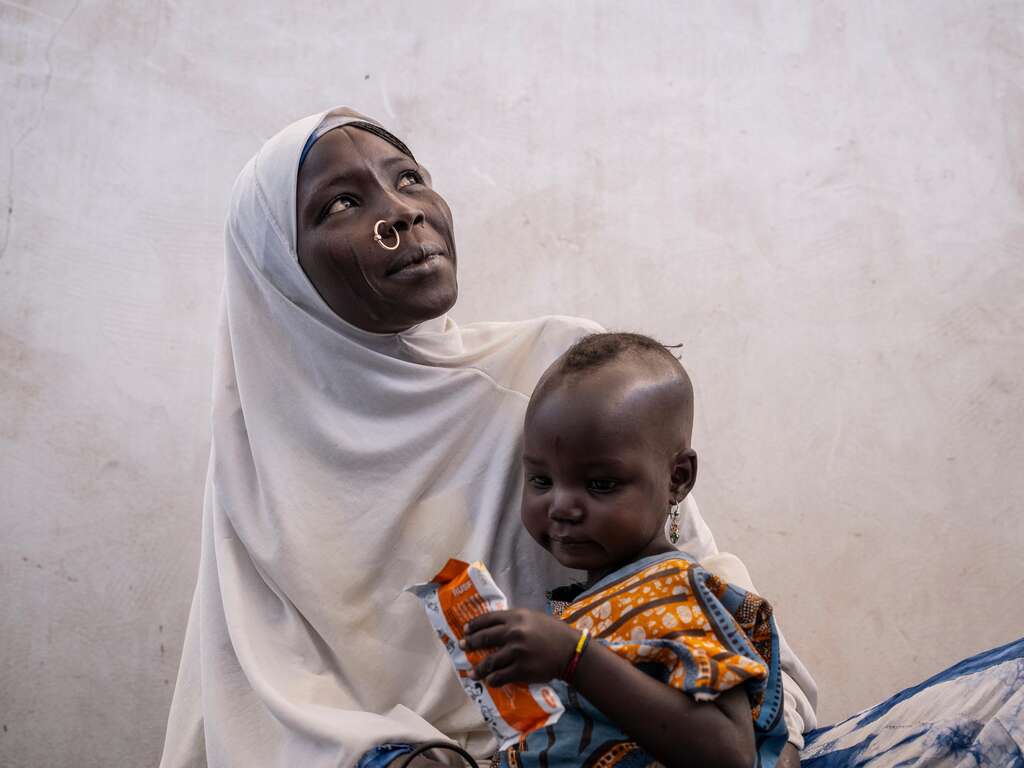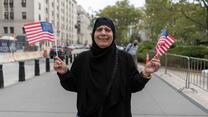
Nearly 80 million people are uprooted by conflict and crisis worldwide and are especially vulnerable during the global coronavirus pandemic. Read some of our most popular articles of 2020 to revisit the biggest stories related to COVID-19 and other humanitarian crises last year.
1. Which countries are at greatest risk of crisis in 2020?
The International Rescue Committee (IRC) assessed the countries at greatest risk of a humanitarian crisis in 2020 in our annual Watchlist report. In our most-read article of the year, we broke down the top 10 on the list: countries that represent less than 6% of the world’s population yet host more than half of all people identified as being in need globally. See our new 2021 Watchlist.

2. Why is a locust outbreak threatening famine in East Africa?
The desert locust is the world’s most dangerous migratory pest. In just one day, a square-kilometre-sized locust swarm consumes the same amount of food as 35,000 people. The worst locust outbreak in generations is now coursing through East Africa, threatening starvation for millions of people. The IRC and our partners are training communities to combat the locusts, and providing direct assistance to farmers, herders and families. Learn more.
3. How are mothers around the world keeping their children safe during COVID-19?
Mothers around the world, especially in conflict and crisis zones, struggle to keep their children healthy and safe—sometimes against long odds. Now many must cope with COVID-19 amid conditions that make social distancing and other precautions against the virus impossible. The IRC spoke with women in some of these "double emergency" regions who share their stories and send their messages of hope to other mothers. How the IRC helps.

4. How is the Trump Administration eliminating asylum in the U.S.?
Families escaping persecution and violence have the right to request safe haven in the U.S., and should not be criminalised, turned back to harm, or separated from their children as a result. But under President Trump, it has become drastically more difficult both to seek and to receive asylum. Now his administration is using the pretext of the COVID-19 pandemic to intensify its years-long attack on asylum seekers at the border. How the IRC helps.
5. What is happening inside Syria?
From relentless bombings on hospitals, schools and homes, to the hundreds of thousands of people uprooted in Idlib, Syria is struggling with the worst humanitarian catastrophe since the war began almost a decade ago. Across Syria, the IRC provides lifesaving support to nearly 1 million people—almost half of them children—who are struggling to survive continued violence and deteriorating living conditions. How the IRC helps.

6. What does a Joe Biden presidency mean for refugees and asylum seekers?
As a candidate, President-elect Joe Biden made bold commitments to reverse four years of Trump Administration policies that have been devastating for people fleeing crises. He pledged to create a task force dedicated to the 545 children separated from their families at the border whose parents cannot be found, and to reverse policies that have endangered asylum-seeking families. He also committed to raising the annual refugee admissions target to at least 125,000.
7. Who will be hit hardest by the COVID-19 outbreak?
Refugees, displaced families, and those living in crisis will be hit hardest by this disease. Displaced and vulnerable families are often confined to overcrowded refugee camps or urban areas where a disease like this can spread rapidly. The advice given to protect ourselves from the virus—wash your hands with soap and clean water, and self-isolate or use social distancing—is not always possible for these families to follow. How the IRC helps.

8. What do people in Beirut need after the explosion?
When an explosion of earthquake magnitude shook Beirut on August 4, the Lebanese economy was already in freefall, COVID-19 had overwhelmed hospitals, and the country was coping with a protracted humanitarian crisis brought on by the war in Syria. People in Beirut need shelter and support to buy food, children need help to cope with trauma and loss, women need protection from violence (which tends to spike during crises). How the IRC helps.
9. How can Sesame Street and the IRC help children overcome trauma?
The IRC and Sesame Workshop are working together to give millions of children in the Middle East the support they need to cope with conflict and displacement. A new Arabic-language TV programme, safe spaces for children, home visits with families, and play-based learning activities in the classroom, are all designed to reduce “toxic stress”—a biological response to prolonged and severe adversity that disrupts a child’s healthy brain development. Learn more.
2020 was a difficult year—more than anyone could have predicted— including for the people we serve. But there was also some good news in 2020 that we’re shining a light on as the year comes to a close.
— International Rescue Committee - UK (@RESCUE_UK) December 30, 2020
4 promising news stories that gave us hope, which we’ll carry into 2021 pic.twitter.com/KJeYT5GBtM
10. What is happening in Ethiopia’s Tigray region?
Ethiopia’s government declared a state of emergency in Tigray in November after the Prime Minister accused the opposition-led local government of attacking federal troops and trying to “loot” military assets. Some 500,000 people are at risk as violence escalates. Any conflict will hit the most vulnerable the hardest. Among them are 96,000 refugees who fled violence in neighbouring Eritrea and are living in camps in Tigray. How the IRC helps.




